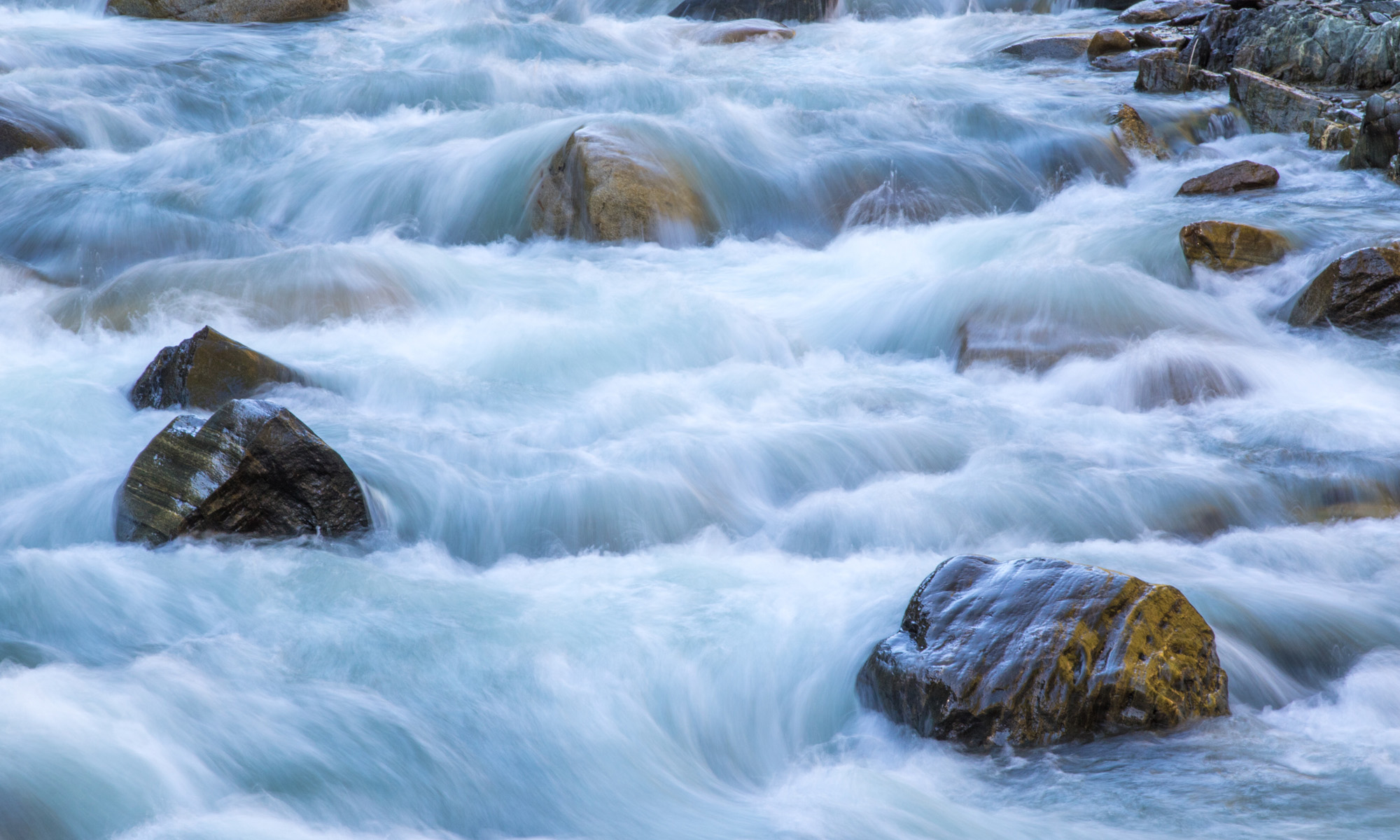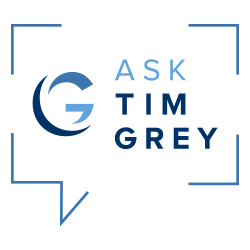Today’s Question: I saw an article offering a method for organizing files in four “foolproof” steps, which revolved around folders for each year and optional folders within, where you basically just dump all files into the applicable year folder. The article wasn’t focused on organizing photos, but I wondered if you thought there was any merit to this notion?
Tim’s Quick Answer: For organizing photos, it is absolutely possible to organize photos into a simple folder structure based only on years, especially if other metadata such as keywords is applied consistently. This is not, however, an approach I would recommend for general files beyond photos.
More Detail: Many readers already know that I do not organize most of my photos with a date-based folder structure. I find a location-based folder structure works the best for most photos, but I certainly appreciate that for many photographers a date-based structure makes sense.
Regardless of your approach for naming folders for organizing photos or other files, it is important to consider the depth of that folder structure. For example, if you create year-based folders do you need any subfolders within them? For photos I think it is reasonable to simply put all photos from a given year into a year-based folder, as long as you then use keywords or other metadata to enable you to find specific photos. But you may also want to create folders for months, or based on trips, or other criteria, within each year-based folder.
For general files that are not photos, however, I don’t think it makes sense to dump all files from a year into a year-based folder. Even if you use subfolders to categorize the files within the year-based folders, I don’t generally consider this to be the best approach. Rather, I generally find it most helpful to organize files categorically before possibly using subfolders to divide the files up based on dates.
One of the core things I recommend focusing on when defining a folder structure strategy is how you’re going to be thinking about the photo (or file) you’re looking for. For my photos, it is mostly location that is topical to me, and so I primarily use a location-based folder structure (with folders for each trip, for example). For my other files I use categories.
Both of these decisions are based on the fact that I’m not generally thinking of a date when I’m looking for something. If I’m looking for the user manual for an appliance I’m thinking about the appliance and not about what year I purchased the appliance. But again, the key is to think about what makes the most sense for your particular needs and your way of thinking when it comes to defining a folder structure strategy.

